This box should add DC offset to a resonant circuit. I drew the simulation on LTspice. However, it's not similar to the result in oscilloscope. So, my question is: Is my circuit diagram correct?
#1 sine signal enters, #3 DC voltage enters.
I compensated for oscilloscope input impedance with 1Mohm resistor. and adjusted the simulation connection. still, I cannot get the same result as in the oscilloscope.
I need to simulate with ltspice the box with the actual offset of 1V
 .
.


